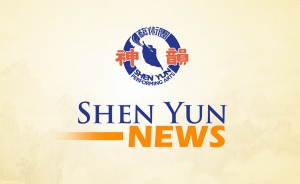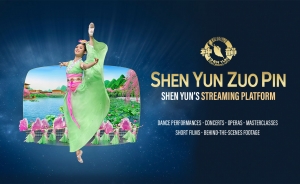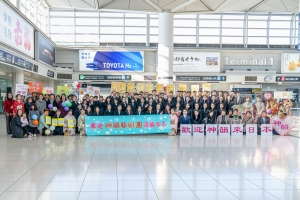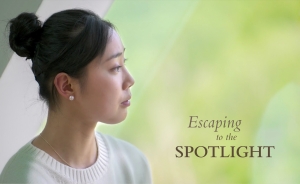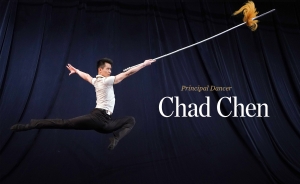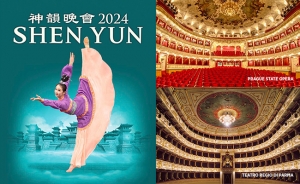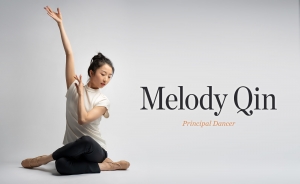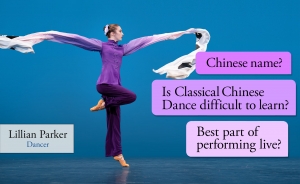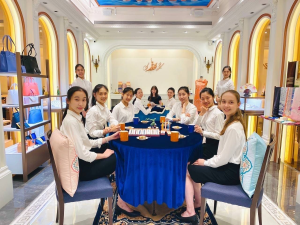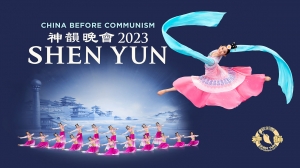Chinese Instruments and Composing East-West
A short interview with Shen Yun Symphony Orchestra composers
After experiencing the Shen Yun Symphony Orchestra perform, a question may linger in audience members’ minds: How do Shen Yun’s composers bring the vastly disparate worlds of Western and Eastern classical music together?
Since Shen Yun’s 2006 inception, these composers’ over 100 original works have shown how this difficult task can yield inspired results. In their works for each season’s dance productions, the traditional Western instruments provide the grandeur and precision of the Western orchestra with a rich sea of strings, woodwinds, brass, percussion—and through it all, ancient Chinese instruments shine forth, distinct and timeless.
The Shen Yun Symphony Orchestra has taken this interaction to new heights. Now, Shen Yun’s in-house composers have a full symphony orchestra at their disposal and an even larger palette with which to work.
We sat down with two of Shen Yun’s most prolific composers to see if we could get some insight into this perfect harmony of East and West.
Question: How do you utilize the characteristics of both Western and Chinese instruments in your compositions?
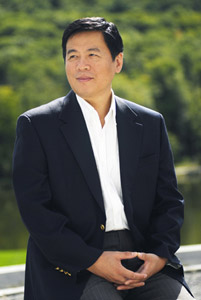
Junyi Tan: Shen Yun’s dance revolves around classical Chinese dance and ethnic dances, and the music is tailored to the dances. As we write the music for different dances, we need to fully appraise how to best echo the authentic traits and flavor. To get the ethnic style and characteristics just right, there’s nothing better than using Chinese instruments like the erhu and pipa.
Bringing out the essence of each of these two great musical traditions, while at the same time presenting a unified theme, is one of the distinct features of Shen Yun’s compositions. In arranging the music, I’m mostly employing Western arrangement techniques. But, at the same time, the composition and the feel of the melody must match Chinese music’s unique attributes.
The music is arranged so that the Western wind and string instruments serve as accompaniment, and the Chinese instruments play the melody. Of course, during a crescendo, the wind and string instruments’ unique qualities are also brought out.
Question: What are the differences between traditional Chinese and Western instruments?

Jing Xian: Classical Chinese music shares the same origins as China’s other traditional art forms. Be it the process of making the instruments or their timbre, every aspect of the tradition is imbued with rich symbolism and profound inner meaning.
Take the pipa, for example. It stands three feet (by ancient Chinese measurement) and five inches tall: the ‘three’ symbolizes heaven, earth, and man; the ‘five’ symbolizes the five elements of Chinese philosophy—metal, wood, water, fire, and earth. Then it also has four strings, symbolizing the four seasons.
Another example is how the flute and the plucked pipa are often played together. Behind this pairing is the idea of the auspicious dragon and phoenix pair, which you often see in traditional Chinese artwork. The flute symbolizes the dragon and the pipa the phoenix.
The way the instruments are classified is different in the East and West. Western instruments are categorized according to the way they are played—strings, percussion, brass, woodwinds. But Chinese instruments are classified according to their tone and also the materials from which they are made.
In ancient China, instruments were divided into eight groups: metal, stone, earth, leather, silk, wood, gourd, and bamboo. These were known as the “eight sounds,” and this was one of the earliest instrument classification systems. For instance, “metal sound” includes the bian-zhong (an ancient instrument with 16 bells); “leather sound” includes drums; “silk sound” refers to instruments that originally used silk strings, like the zither; “bamboo sound” includes different kinds of flutes, and so on.
Chinese instruments’ tonal quality is also closely tied to Chinese philosophy. Traditional Chinese philosophy believes that all things have a spirit; all things have life. Reflected in Chinese music, this means that every note is alive.


